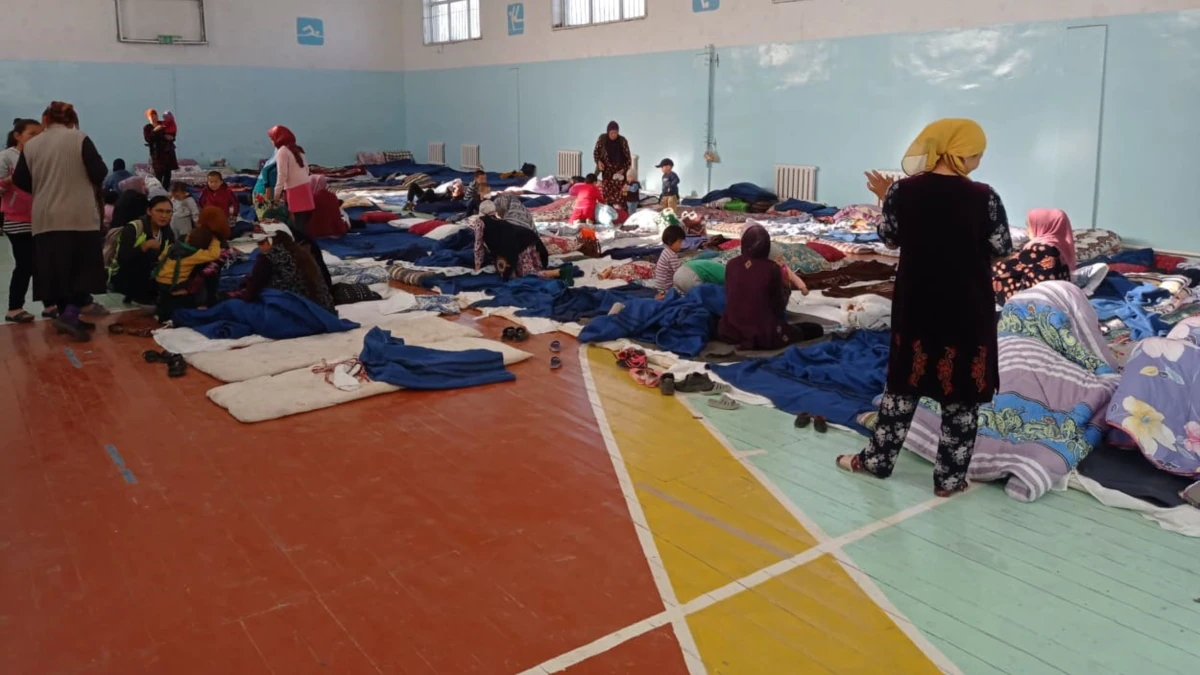
Kyrgyzstan raised to 13 the number of people killed in clashes along a disputed segment of its border with Tajikistan before a cease-fire was announced by both sides.
Kyrgyzstan’s Health Ministry said on April 30 that 134 people were also injured in the clashes, which started on April 28 after residents on both sides of the border started throwing stones at each other.
The situation rapidly escalated, leading to Kyrgyz and Tajik forces exchanging gunfire in the Leylek district of Kyrgyzstan’s southwestern Batken region.
Late on April 29, the two countries’ foreign ministries announced they had agreed to a cease-fire and would pull back troops while resolving the conflict through diplomacy.
Local authorities in the Batken region said 13,500 Kyrgyz were also evacuated from villages along the border.
Kyrgyz police in the Batken region blamed Tajik citizens for the escalation, saying they started shooting at a military unit located in the village of Kok-Tash, while gunfire was also reported from the Tajik side near the Kyrgyz village of Ak-Sai.
Tajikistan’s Border Guard Service rejected the Kyrgyz account, saying that Kyrgyz military personnel were the first to shoot when they opened fire at Tajik border units near the Golovnoi water distribution center, located in territory that Tajik authorities claim jurisdiction over.
Tajikistan, an authoritarian state with tight control over information, has been more quiet on the extent of causalities, saying only that two Tajik citizens sustained gunshot wounds and were taken to the hospital on April 29 and another seven locals were injured in clashes.
Many border areas in Central Asia have been disputed since the collapse of the Soviet Union in 1991, with numerous incidents involving deadly gunfire.
The situation is particularly complicated near the numerous exclaves in the volatile Ferghana Valley, where the borders of Kyrgyzstan, Tajikistan, and Uzbekistan meet.
